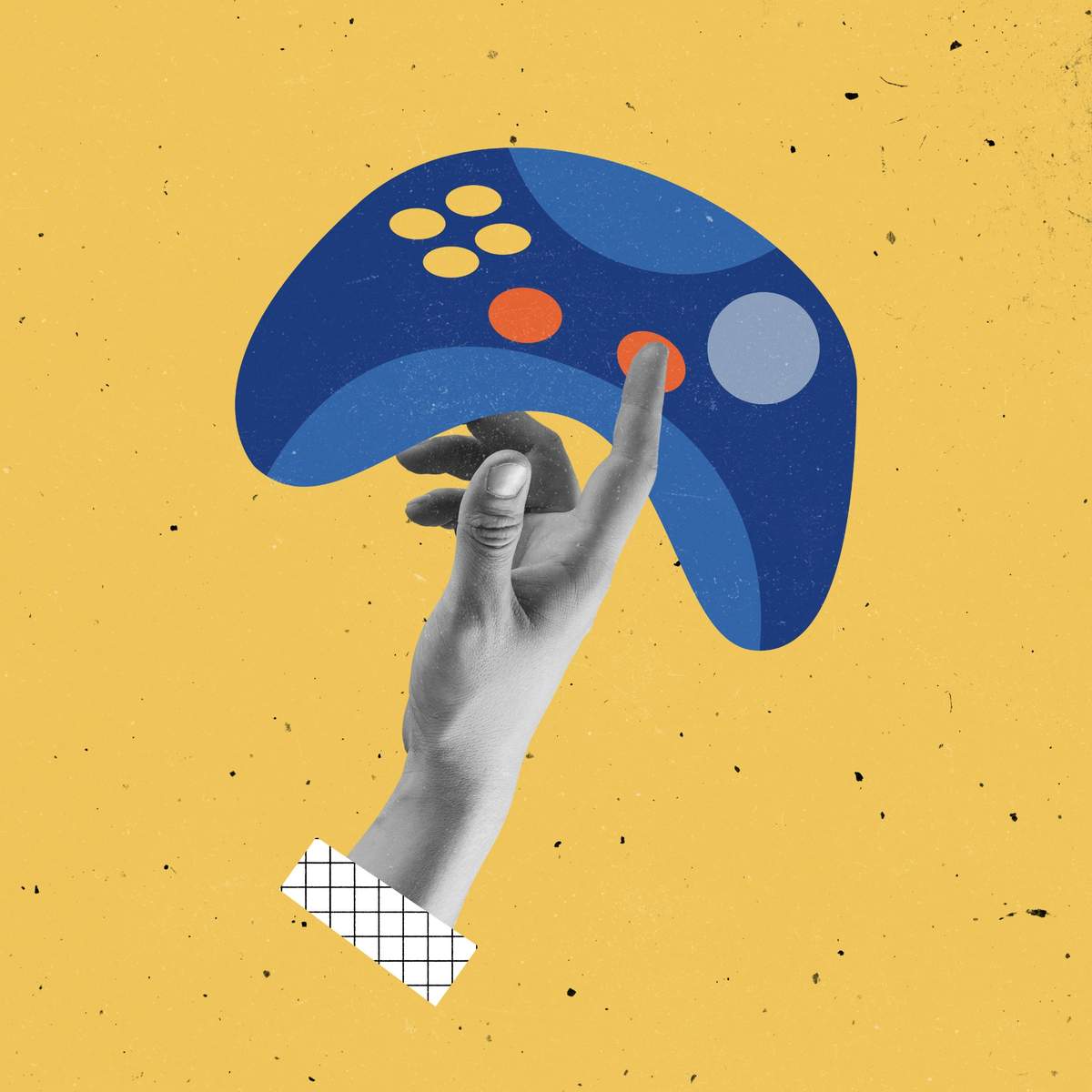For generations, classrooms have been built on lectures, textbooks, and exams. Students sit, listen, read, and repeat. The system has produced results, but it has also produced frustration. Many learners struggle to stay motivated. Others fail to see the relevance of what they study to the world outside the classroom. Technology, however, is changing this. In particular, gamification and immersive learning through virtual and augmented reality are transforming the way students engage with knowledge.
Gamification is the integration of game mechanics into non-game environments. It takes the principles that make video games addictive — progress, challenge, feedback, rewards — and applies them to learning. Instead of passively consuming information, students become active participants in their own education. Points, badges, levels, and leaderboards are common examples, but the deeper idea is about engagement. When designed thoughtfully, gamification makes learning feel like a journey rather than a chore.
Imagine a history class where students do not just read about the Roman Empire but earn points by solving challenges as if they were citizens of ancient Rome. Each correct answer advances them to the next stage of a simulation, each milestone brings a new layer of the story, and collaboration with classmates becomes a strategy for success. This sense of progress and accomplishment motivates learners in ways that traditional tests often fail to achieve.
The psychological foundations of gamification are strong. Humans crave feedback and milestones. We thrive when our efforts are visible and rewarded. Games offer constant signals of progress: a bar filling, a level unlocked, a badge earned. In learning, these signals turn abstract goals into concrete achievements. Students who once asked “Why should I care about this chapter?” now focus on the immediate challenge in front of them. The big picture of grades and degrees still matters, but gamification brings the smaller, more tangible victories that keep motivation alive.
Beyond gamification, immersive learning through virtual reality (VR) and augmented reality (AR) adds an entirely new dimension. VR places learners inside a fully digital environment, while AR overlays digital content on the physical world. Both create experiences that feel real, memorable, and interactive. In a VR science lab, a student can walk around molecules, adjust atoms, and watch reactions unfold. In an AR history lesson, pointing a phone at a map might reveal animated battles or reconstructed ancient cities.
The advantage of immersive learning is presence. When you feel inside the lesson, your brain processes it differently. Memories of experiences are stronger than memories of abstract text. For example, medical students using VR simulations of surgeries often perform better in real procedures because their brains treat the practice as genuine experience. Geography students who explore virtual landscapes remember far more detail than those who only see pictures in a book.
There is also a social dimension. Multiplayer VR environments allow learners to collaborate as avatars inside simulations. They can solve problems together, practice languages by conversing in virtual marketplaces, or conduct group experiments without ever sharing a physical space. This is particularly powerful for remote education, where students often feel isolated. Immersion creates community, even across distance.
Critics sometimes argue that gamification reduces education to entertainment or that VR is too expensive to scale. Both points hold weight if these tools are used carelessly. Badly designed gamification becomes superficial, rewarding clicks instead of understanding. Poorly implemented VR can feel like a gimmick. The key is thoughtful design. Gamification must connect rewards to meaningful learning outcomes, not empty actions. VR and AR must be used to deepen understanding, not just impress with visuals.
Cost is another barrier, but technology is moving quickly. VR headsets are becoming more affordable, and AR requires only a smartphone. Many schools are piloting programs with shared devices. Universities and training programs are investing because the payoff is clear. Students retain more, engage more, and enjoy learning when immersion and gamification are combined with sound pedagogy.
If we look toward the future, the possibilities are staggering. Imagine a high school curriculum where history is learned through immersive time travel, science is taught through interactive simulations of atoms and galaxies, and literature classes invite students to step inside the settings of classic novels. Imagine professional training where surgeons rehearse operations in virtual hospitals, engineers design structures in shared digital environments, and pilots practice in simulations indistinguishable from reality. The line between classroom and real world will blur.
The benefits extend beyond learning outcomes. Gamification builds persistence, resilience, and teamwork. Students learn to keep trying after failure, since games normalize mistakes as part of progress. Immersive environments encourage exploration and creativity. Learners experiment without fear of permanent consequences. A failed chemical reaction in a virtual lab is a lesson, not a disaster.
There are also opportunities for inclusivity. Gamified platforms can adapt to different paces, rewarding slow and steady learners as much as fast ones. VR can bring access to experiences otherwise impossible due to geography or cost. A student in a rural village can take a virtual tour of the Louvre or explore Mars with the same immersion as a student in a major city. The democratization of experience is one of the greatest promises of immersive education.
Still, challenges remain. Educators must be trained to design gamified and immersive lessons effectively. Assessments must evolve to measure not just rote recall but application, problem-solving, and creativity inside simulations. Privacy and safety issues must be addressed in digital environments. Equity must remain at the center, ensuring that access to these technologies does not deepen educational divides.
The most exciting aspect of this transformation is that students themselves are ready. They already spend hours in interactive digital worlds through games and social platforms. They understand the language of progress bars, quests, and avatars. Education that adopts these familiar tools meets students where they are. Instead of fighting distraction, it channels attention. Instead of resisting technology, it embraces its strengths.
For teachers and course creators, the advice is to start small. Add progress tracking, narrative elements, or digital rewards to lessons. Pilot a VR field trip or an AR app in a single module. Observe how students respond, refine based on feedback, and expand gradually. The goal is not to replace traditional learning but to enrich it. A blend of text, lecture, discussion, gamification, and immersion is far more powerful than any single method alone.
We are standing at the beginning of an era where education feels less like passive study and more like active experience. Gamification and immersive technology make learning playful, emotional, and memorable. They transform the relationship between student and subject, shifting from memorization to exploration. In doing so, they prepare learners not only to pass exams but to thrive in a world that values adaptability, creativity, and lifelong learning.
The classroom of the future will not look like today’s rows of desks. It will look like a vibrant ecosystem where learning feels like a game and knowledge feels like adventure. Students will not just read about the world; they will step inside it. That is the promise of gamification and immersive learning.
Featured Image Source: Daniel Mingook Kim / Unsplash









